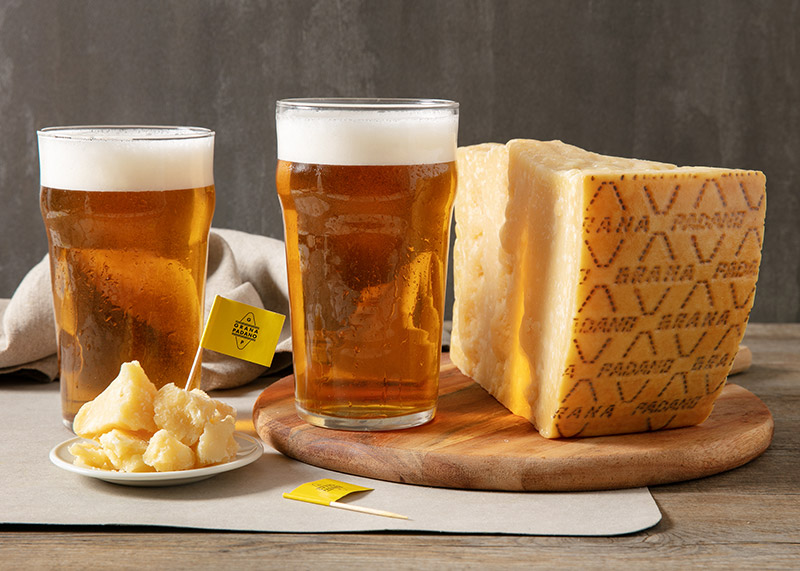
Best Bitter

A British style, reminiscent of British pubs with their long history and traditions, loved the world over and frequently to be found in the portfolios of craft and other beer producers. Depending on the alcohol content, Bitter can be Ordinary, Best and Strong.
– Storage: as a high fermentation beer it does not need to be kept refrigerated but storage temperatures must not exceed 18-20°C. Beyond this, (unless it is pasteurised), a new fermentation may begin in the bottle, with unpleasant consequences.
– Serving temperature: in accordance with British traditions, this type of beer is best served using the British draught system, which involves slightly tilting the glass then gradually straightening it up and keeping it close to the spout or neck of the bottle at all times. The best glass is the classic British pint glass, and it should be served at a temperature of 10-12°C.
– Alcohol by volume: 3,8-4,6% alc.
Characteristics (visual, scent, flavour):
Pale amber in colour with some types closer to copper and a white or cream coloured head of limited size and persistence. Medium strong flavour and average complexity, reminiscent of biscuits, bread, and caramel, together with a mild fruitiness which brings to mind apples and delicate flowers, together with subtle earthy sensations. Tastewise, the flavours of the beer mirror its aromas in a play of balances that revolves around the bitter sensations albeit with a dry finish. A medium-low bodied beer, its low priming, above all in the draught version, makes it easy to drink. The characteristics of this type of beer make it ideal for medium mature Grana Padano, aged for up to 16 months. Its malty, sometimes mildly buttery consistency go well with the characteristically milky notes to be found in cheese at this level of ageing and its bitterness and dryness complement the mainly sweet notes of the cheese. A pairing which works well with a pre-dinner drink, too, given its low alcohol and easy-to-drink style.
Curious facts
This type of beer derives from British Pale Ale types, popular in the late 19th century. It almost disappeared in the early 1970s and this and other British style beers were only reintroduced thanks to the efforts of a feisty British consumers association.
